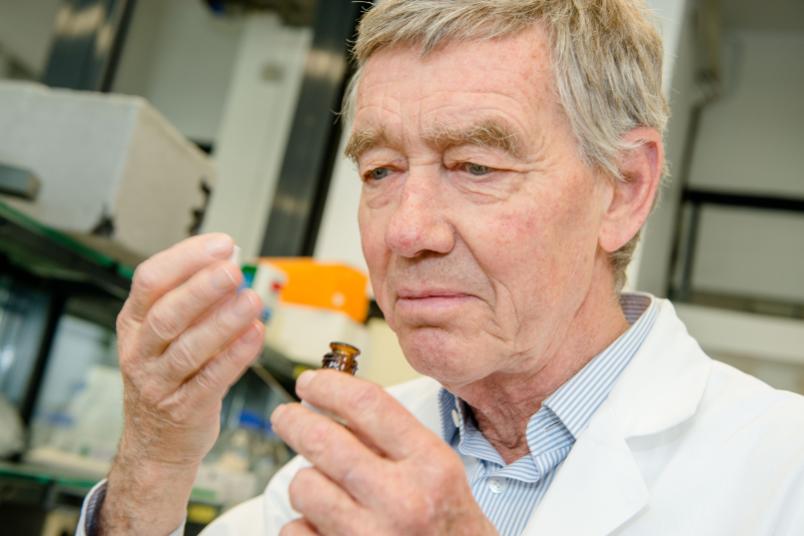
Scent research
Olfactory receptor discovered in pigment cells of the skin
The team intends to examine the newly identified receptor in patients. A current study explains why.
Researchers at Ruhr-Universität Bochum were the first ones to prove the existence of an olfactory receptor in pigment-producing cells in human skin, the so-called melanocytes. The team headed by Prof Dr Dr Dr habil. Hanns Hatt demonstrated that the violet-like scent Beta-Ionone can activate the receptor.
Together with colleagues from Friedrich Schiller University Jena and the university hospital in Jena, the researchers at Bochum’s Department for Cellphysiology reported their findings in the Journal of Biological Chemistry.
Cause of black skin cancer
The group identified the olfactory receptor 51E2 in cell cultures of melanocytes from human skin. Those cells produce the black melanin which renders the skin tan. Excessive growth of melanocytes may cause too much pigmentation and possibly trigger black skin cancer.
Signalling pathways in cells identified
The researchers identified the signalling pathway in detail that is activated by the 51E2 receptor. If a fitting odorant binds to the receptor, a reaction cascade is triggered similar to the one occurring in olfactory cells of the nose: the concentration of calcium ions increases.
This, in turn, activates the signalling pathways at the end of which phosphate groups are transferred to specific enzymes, such as MAP-kinases. The newly detected receptor uses this mechanism to regulate enzyme activity and, consequently, cell growth and melanin production.
Starting point for melanoma therapy
“The receptor and its activating odor molecule might constitute a new starting point for a melanoma therapy,” says Hanns Hatt. If healthy melanocytes turn into tumour cells, they strongly increase the proliferation rate, but they focus less efficiently on their actual functions. The Beta-Ionone odorant appears to affect these properties using the relevant receptor. Hanns Hatt’s team is currently analysing the causes and effects in melanoma cells gained through biopsies.
The scent researcher from Bochum expects the newly detected receptor to have other potential applications: “With its help, we might be able to treat pigmentation disorders of the skin, and they might also be used in tanning products,” says Hatt.